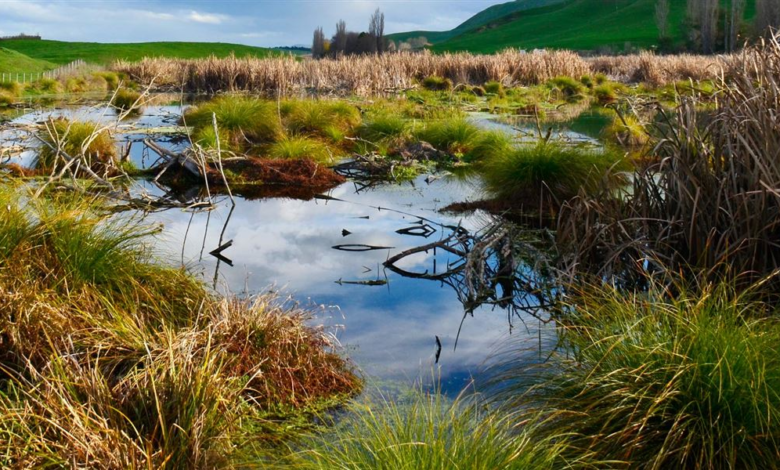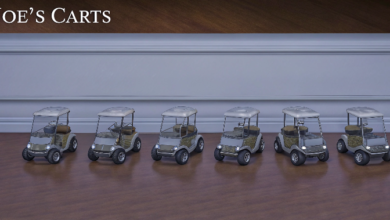Quality Wetland Habitats Support Wildlife and People

Wetlands are indispensable in housing diverse ecosystems and showcasing unique natural beauty. Whether permanently or seasonally covered with water, these areas significantly impact the surrounding environment and the plant and animal life that inhabit them.
A native tree nursery offers support and native plants to help support wetlands. Here is more on how a quality wetland habitat supports both wildlife and people:
Benefits of Wetlands for Wildlife
As some of Earth’s most productive and valuable ecosystems, wetlands provide fundamental benefits for waterfowl and wildlife, making their conservation imperative for a sustainable future. They are necessary habitats for a wide range of species, including ducks, fish, and other wildlife, contributing to biodiversity and the survival of numerous creatures. The interdependence of wetlands and the diverse species they support underscores the necessity of conserving and safeguarding these ecosystems to maintain ecological balance and support wildlife populations. People can collaborate with a native tree nursery and conservation groups to work toward supporting wetlands and the wildlife within them.
Benefits of Wetlands for People
Humans also benefit from wetlands. The wetlands provide recreational opportunities, such as hunting, fishing, and bird watching, which enrich people’s lives. Many people visit wetlands specifically for waterfowl hunting. The diverse resources attract and support 43 species of ducks and geese in North America. This provides hunters with abundant opportunities to pursue these economically and ecologically integral game species.
Wetlands also play a prime role in promoting sustainability. They act as natural carbon sinks, aiding in reducing greenhouse gases. They enhance water quality, offer flood protection, and help prevent coastal erosion, contributing to the overall resilience of ecosystems and human communities. These habitats are indispensable ecosystems that offer a myriad of benefits necessary for both environmental sustainability and human well-being. Here are a few ways wetlands promote sustainability:
Types of Wetlands
Natural wetlands come in different shapes and sizes — from rivers and wet meadows to playas, marshes, and lakes. Some are freshwater, while others are saline. When flooded, some hold water for years or decades, and others may only remain wet for weeks or months. The main two characteristics of wetlands are being saturated with or covered by water, either permanently or seasonally, and growing vegetation that has adapted to these conditions.
Wetlands are diverse ecosystems categorized primarily based on soils, water sources, and the types of vegetation they support. There are two main categories: coastal wetlands and inland wetlands, each with unique subtypes. Coastal wetlands include tidal salt marshes, tidal freshwater marshes, and mangroves. Inland wetlands include freshwater swamps, peatlands, freshwater marshes, and riparian systems.
Coastal Wetlands
Tidal Salt Marshes: Coastal wetlands are regularly flooded by tides and characterized by salt-tolerant grasses and plants.
Tidal Freshwater Marshes: Coastal wetlands are influenced by tides but have freshwater conditions, which support diverse plant species that are not tolerant of salt.
Mangroves: Coastal wetlands are found in tropical and subtropical regions. They are dominated by salt-tolerant trees and shrubs with complex root systems.
Inland Wetlands
Freshwater Swamps: Freshwater wetlands are characterized by standing or slow-moving water and vegetation dominated by shrubs or trees, such as cypress or oak.
Peatlands: Wetlands with waterlogged conditions lead to peat accumulation (partially decayed organic matter). Types of peatlands include bogs and fens.
Freshwater Marshes: Inland wetlands are distinguished by standing or slow-moving freshwater and dominated by herbaceous plants, such as grasses, sedges, or floating/submerged aquatic plants.
Riparian Systems: Wetlands adjacent to rivers and streams are characterized by periodic flooding and diverse plant communities adapted to variable moisture conditions.
Wetlands Are Disappearing
Wetlands are among the most threatened ecosystems on Earth. The United States alone has lost more than 50 percent of its wetlands over the past century. According to the recent 2009-2019 Wetlands Status and Trends national report, the annual rate of wetland loss in the conterminous U.S. has increased by more than 50 percent over the past decade.
Partner with a Native Tree Nursery to Support Wetlands
Creating or restoring a thriving wetland is rewarding. Quality native plants will help you build and sustain your wetland, attract wetland wildlife, and contribute to the health of your local ecosystem. If you’re undertaking a wetland project, a native plant nursery can help. RPM-produced native plants grow and fruit two times faster than other plants. They are unsurpassed in their survivability and can serve as the foundation for your project’s success. Get in touch with a native tree nursery for more information.




